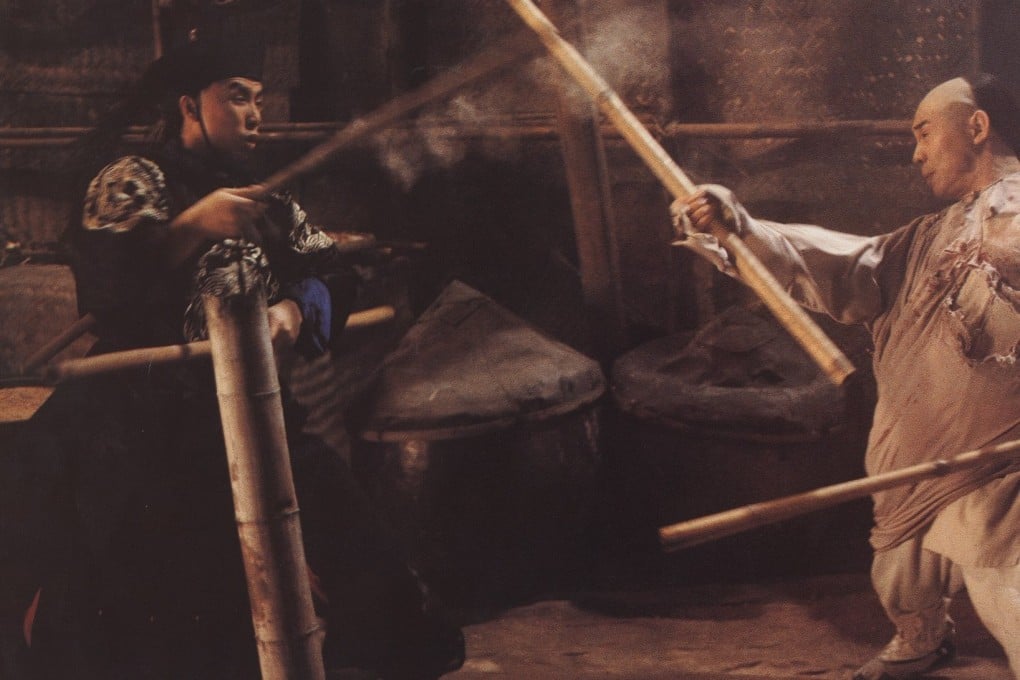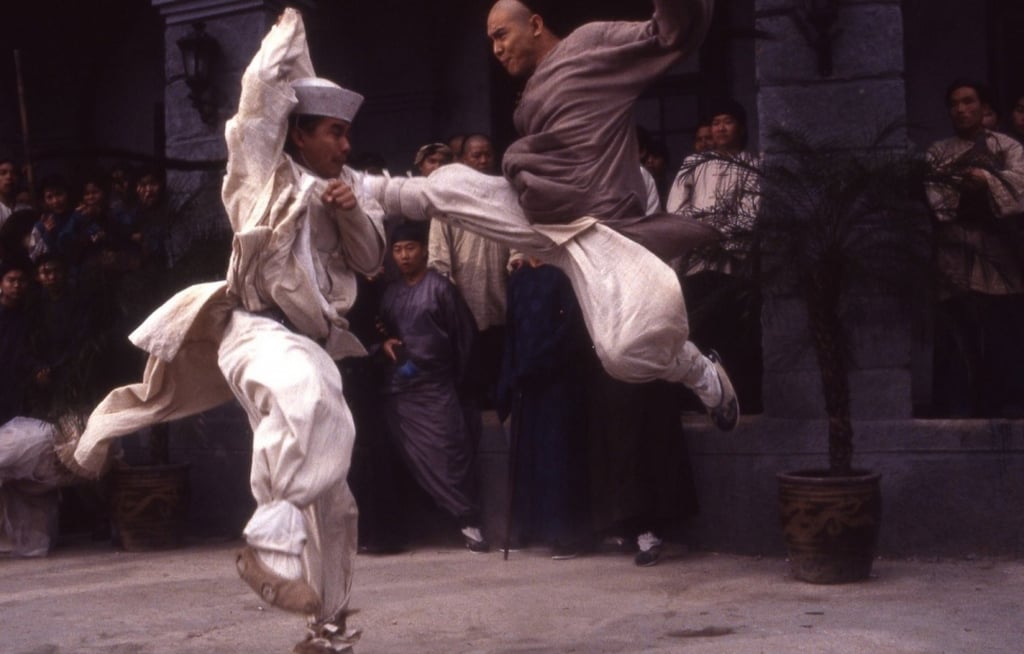Advertisement
That Jet Li vs Donnie Yen pole fight in Once Upon a Time in China II, how Li walked off set in a contract row, and why Once Upon a Time in China III was less successful
- Part 2 successfully expands on the first film’s themes of industrial progress, Chinese nationalism and conflict between Confucian values and those of the West
- Despite continuing to explore the engaging ideas raised in the first two films, part 3 is let down mainly by its relatively disappointing action sequences
Reading Time:4 minutes
Why you can trust SCMP

It’s rare that a sequel can match the original movie, but that’s true of Once Upon a Time in China II, the follow-up to Tsui Hark’s trendsetting 1991 martial arts hit.
Part 1 made a star of Jet Li Lianjie and brought martial arts films back into the limelight. Part 2, produced in 1992, is a more ambitious and wide-ranging film which effortlessly picks up the storyline and expands the themes of industrial progress, Chinese nationalism, and the perceived conflict between Confucian values and those of the West.
Once Upon a Time in China III, shot in 1993, is a less successful addition to the series which falters because of some relatively lacklustre action sequences, although the story does continue to explore the ideas raised in the first two films.
Advertisement
The martial arts in the first two parts are fairly uniform, both being choreographed by Yuen Woo-ping.

Tsui originally hired Lau Kar-wing, brother of Lau Kar-leung, to choreograph Part 1, but according to Tsui the two had radically different visions of how the action should look, which became irreconcilable as the shoot progressed.
Advertisement
Advertisement
Select Voice
Choose your listening speed
Get through articles 2x faster
1.25x
250 WPM
Slow
Average
Fast
1.25x